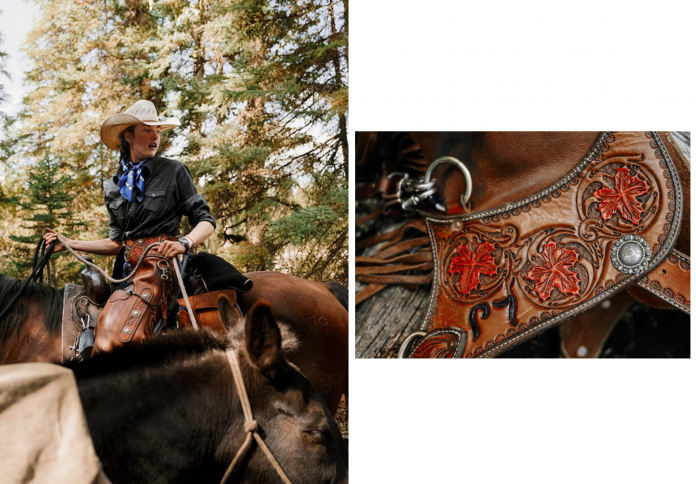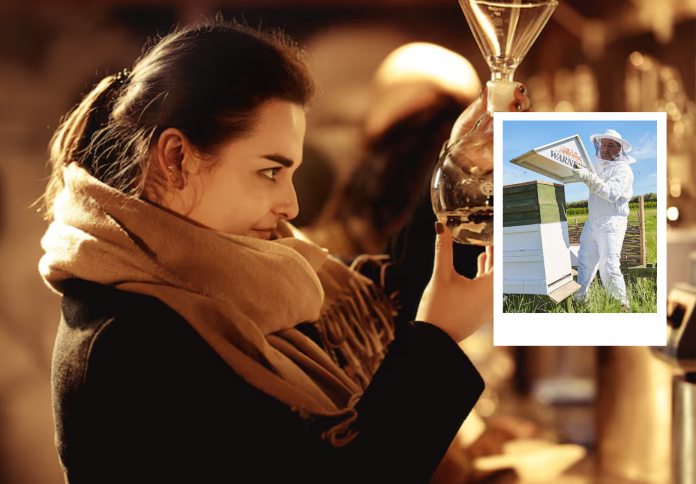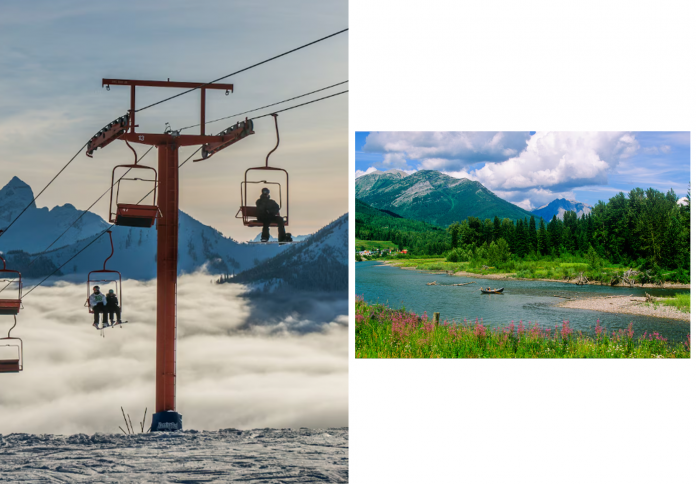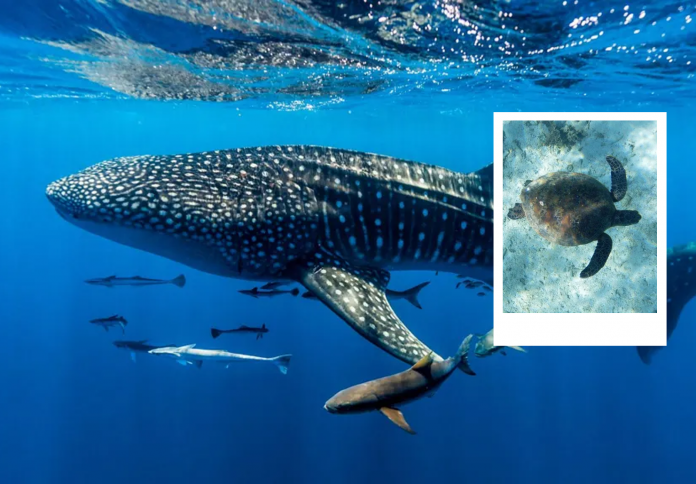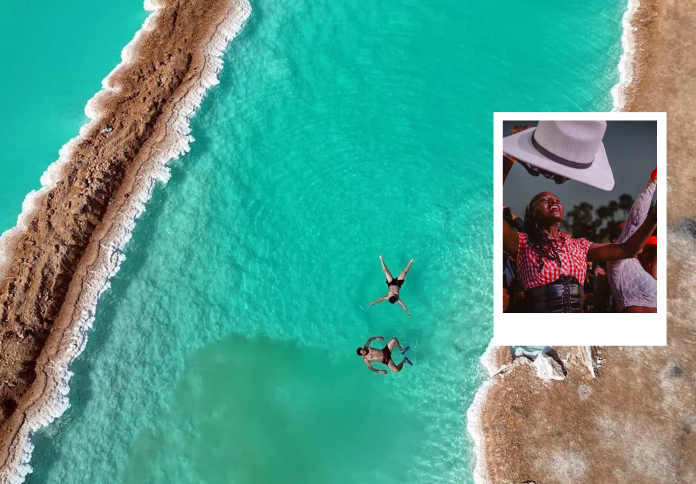Banff National Park’s backcountry is a place of silence, grandeur, and timelessness. To truly absorb its raw beauty, visitors must surrender to the rhythm of the land — and there’s no better guide than a horse. Tracing historic trails on horseback reveals a side of Banff unseen by roadside tourists: wild, remote, and profoundly still.
A legacy written in hoofprints
Long before highways and gondolas, horses were the only way in or out of Banff’s wilderness. The earliest guides — Indigenous peoples, trappers, and mountaineers — carved paths through the Canadian Rockies that are still followed today. Riding them is a return to that slower, more deliberate pace of exploration.
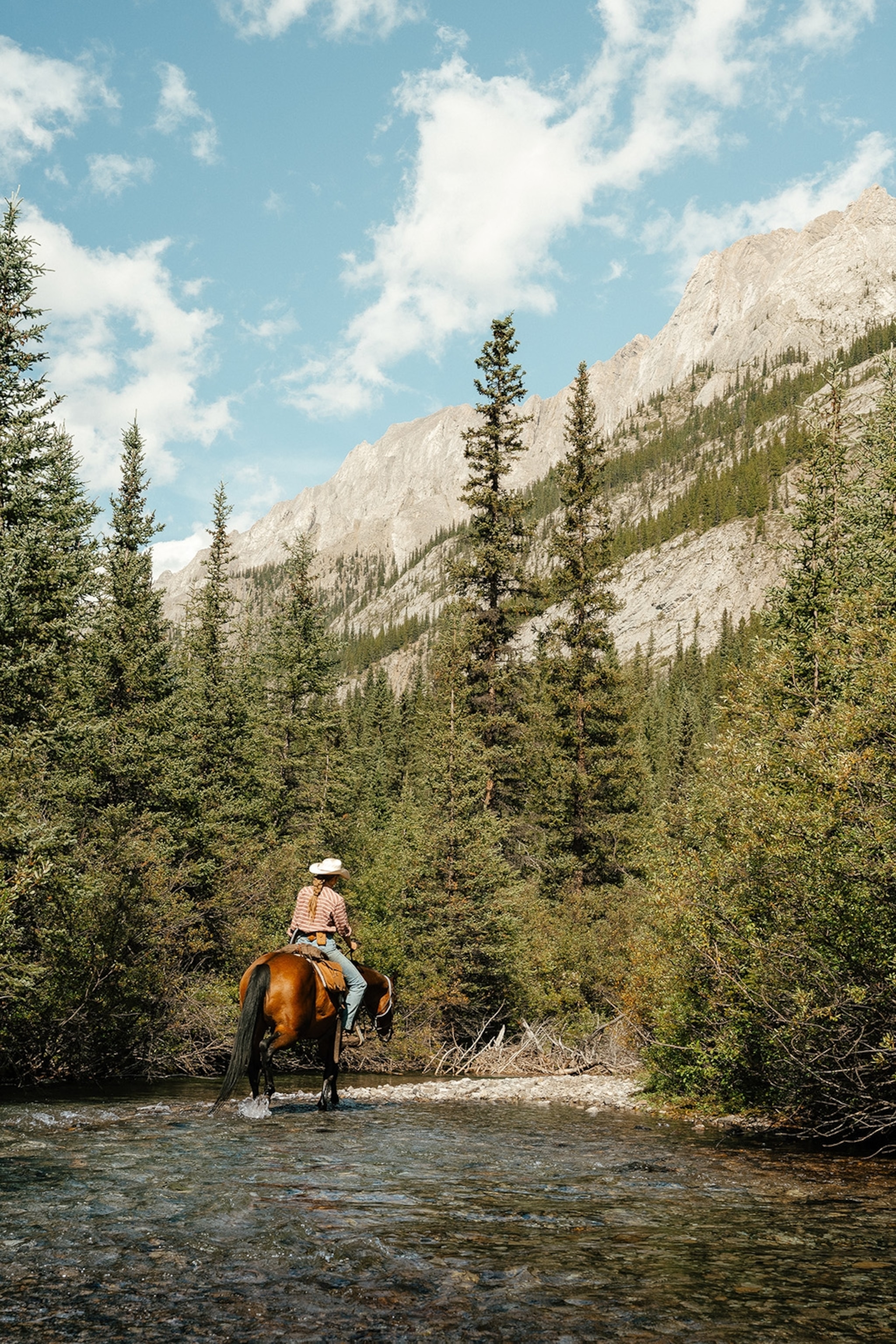
Outfitters like Brewster Adventures and Timberline Tours maintain this legacy, offering multi-day pack trips deep into the backcountry. Riders traverse alpine passes and flower-drenched meadows, following trails that wind past aquamarine lakes and shadowy pine forests. Nights are spent under canvas tents or in rustic lodges, the air thick with woodsmoke and starlight.

These trails are more than scenic detours; they are the arteries of Banff’s living history. To ride them is to ride alongside ghosts — of Métis traders, Swiss mountain guides, and early conservationists who helped make Banff Canada’s first national park in 1885.
The horse-human connection
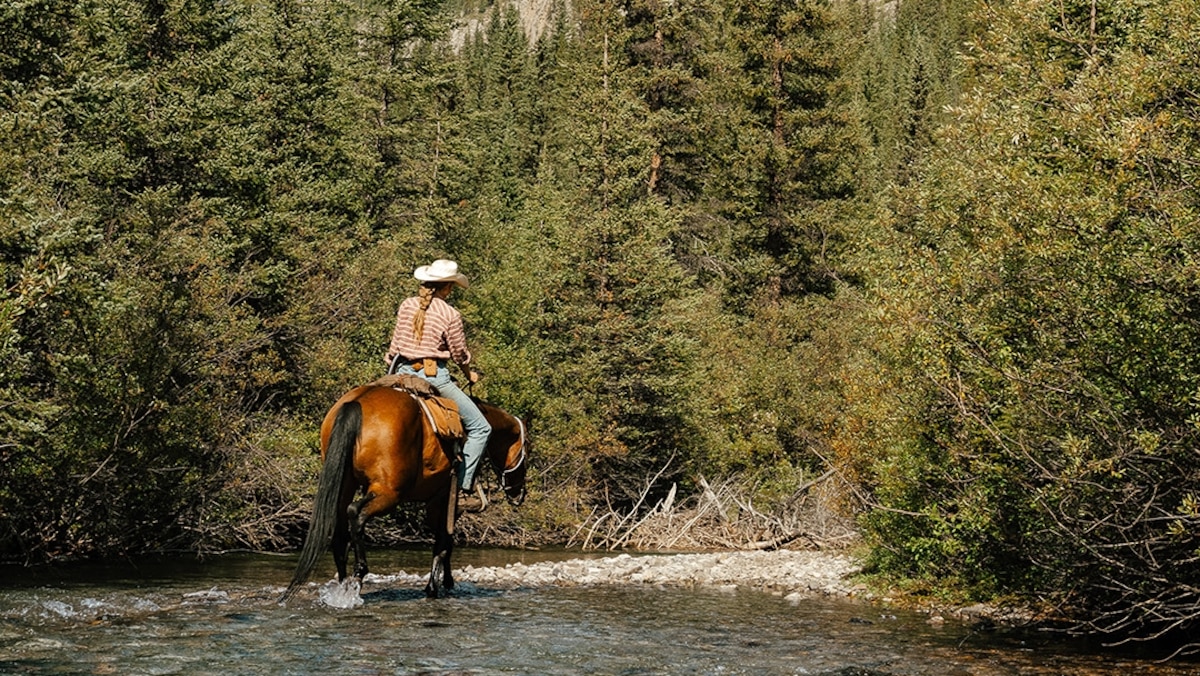
A Banff trail horse is not just a mode of transportation. These seasoned animals are mountain veterans — steady-footed and sure-eyed on steep inclines, icy creek crossings, and narrow ledges. Their calm is contagious, coaxing even novice riders into comfort.
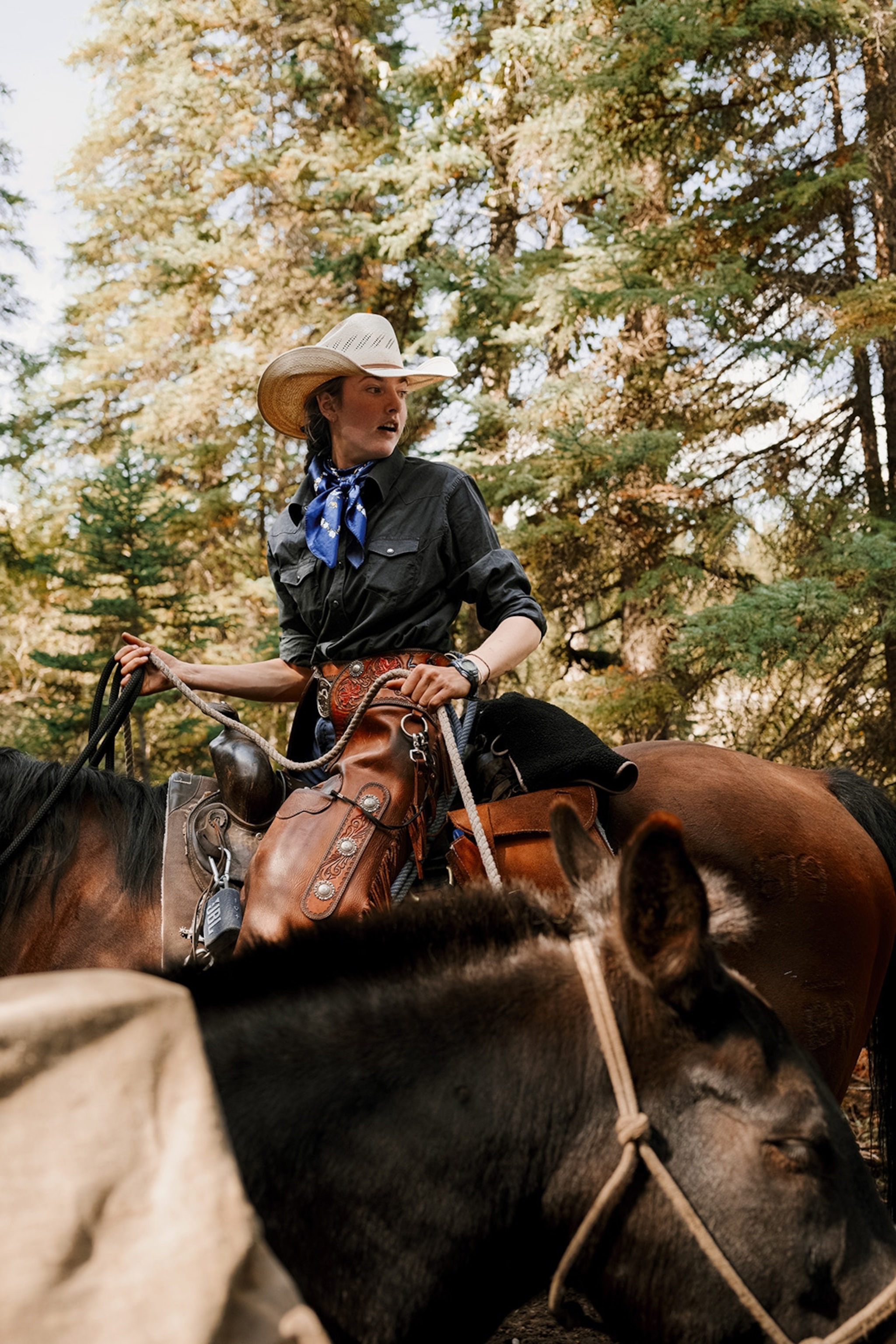
Guides often speak of the horses as colleagues. Each has a name, a personality, and a role in the herd. Riders bond with their horses over days of riding, grooming, and shared weather. There’s something profoundly grounding in feeling the animal’s warmth beneath you, its muscles shifting with each breath, its instincts honed by thousands of trail hours.
It’s a connection built slowly, in silence and repetition. And in that connection, something ancient stirs — a reminder that human and horse once explored the world together.
Landscapes that unfold, not shout
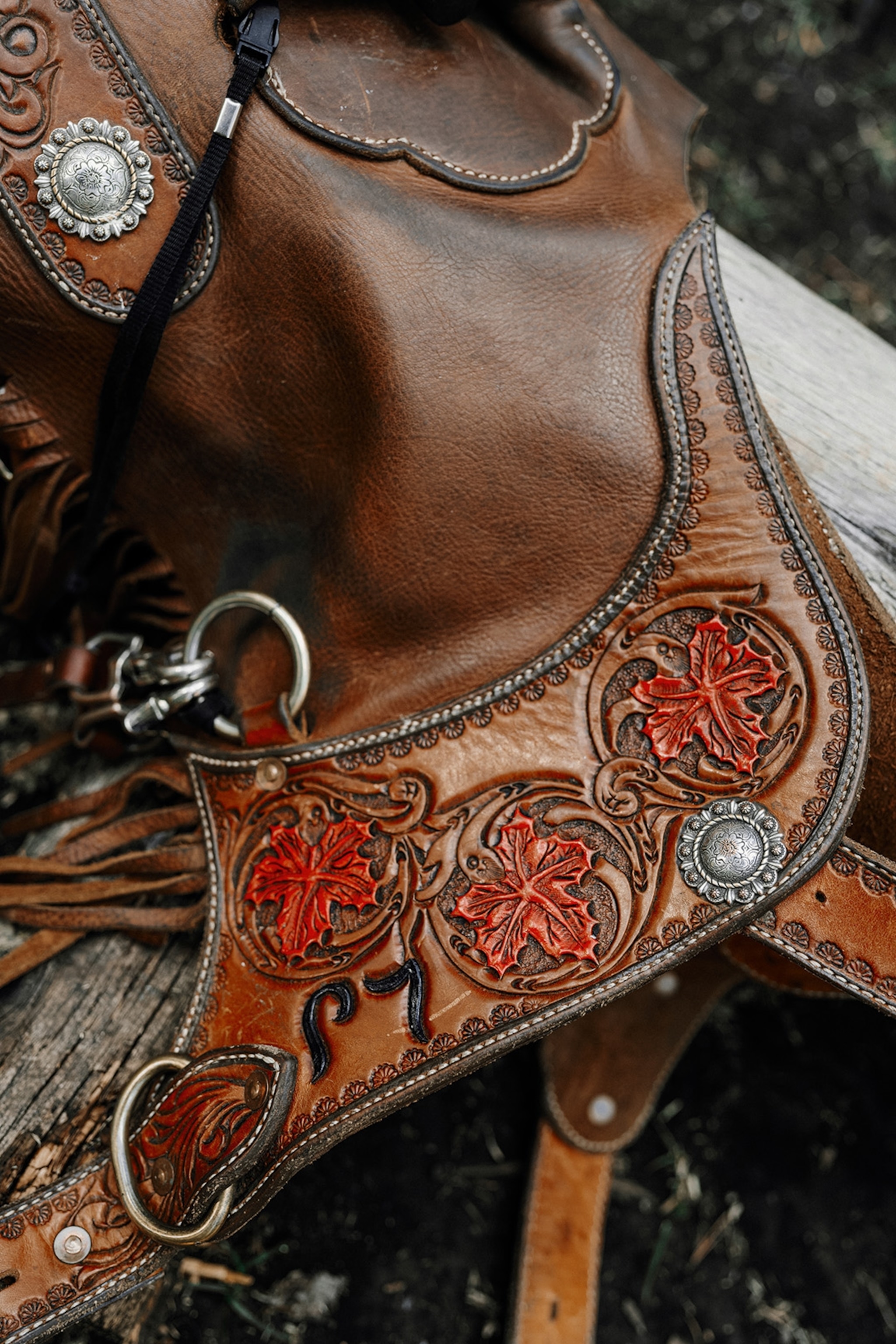
Unlike driving through the Icefields Parkway or snapping photos at Lake Louise, riding through Banff forces a kind of patience. The landscape doesn’t rush past; it reveals itself in layers. A glacier comes into view after hours of climbing. A grizzly print appears in the mud, still wet. The smell of alpine fir sharpens as elevation climbs.
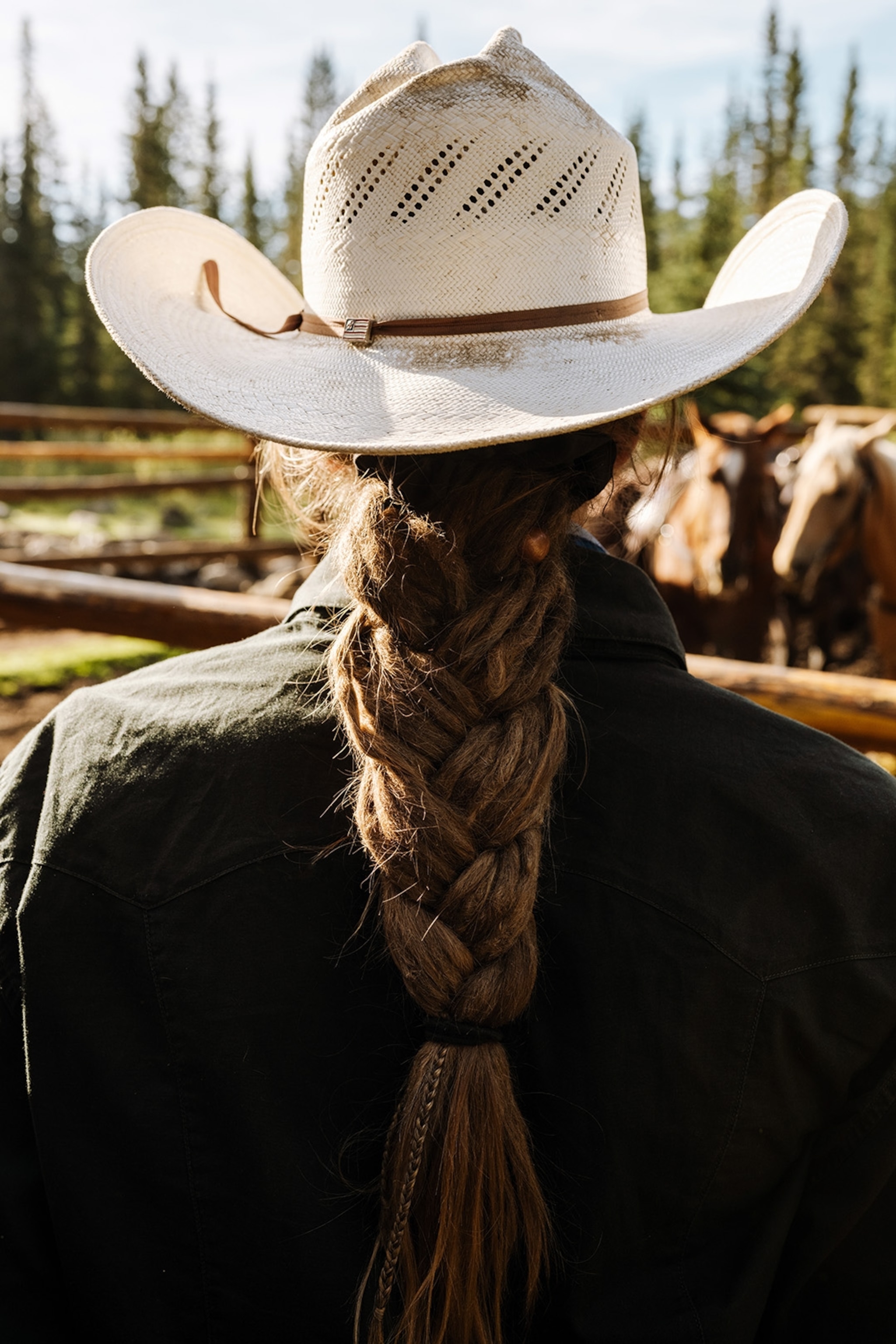
This slow immersion tunes the senses. The creak of leather, the rhythmic clop of hooves, the occasional call of a Clark’s nutcracker overhead — they replace the static of modern life. Even conversation fades. Most riders fall into a meditative quiet, content to watch as the Rockies stretch and shift around each bend.
Places like Allenby Pass or Egypt Lake, too remote for day hikers, feel like secret realms. Here, meadows blaze with wildflowers in summer and wind-scoured ridges offer views that feel earned, not given.
Preserving a fragile frontier
The privilege of riding through Banff’s backcountry comes with responsibility. Outfitters follow strict environmental guidelines: horses are rotated to prevent overgrazing, camps are packed out to leave no trace, and routes are chosen to minimize erosion. Riders are briefed on how to respect wildlife and terrain.

These practices echo the park’s broader conservation mission. Banff may be a world-famous destination, but much of its interior remains delicate — a haven for species like elk, lynx, and wolverine. Horseback access offers a low-impact way to explore these wild spaces without the infrastructure of roads or resorts.
For many riders, the experience becomes more than scenic recreation. It’s a reminder that true wilderness still exists — and that our place in it is not as conquerors, but as respectful guests.
A journey, not a joyride
Riding Banff’s trails is not about adrenaline. It’s about rhythm and respect, observation and awe. In an age of instant gratification, it demands patience — and rewards it with something far deeper than spectacle.
Those who take the reins and head into Banff’s backcountry return with stories not of speed, but of stillness. Of a bighorn sheep grazing at sunrise. Of snow falling soundlessly on spruce. Of a horse turning its ears to the wind, listening.
In Banff, on horseback, the journey itself is the destination.
